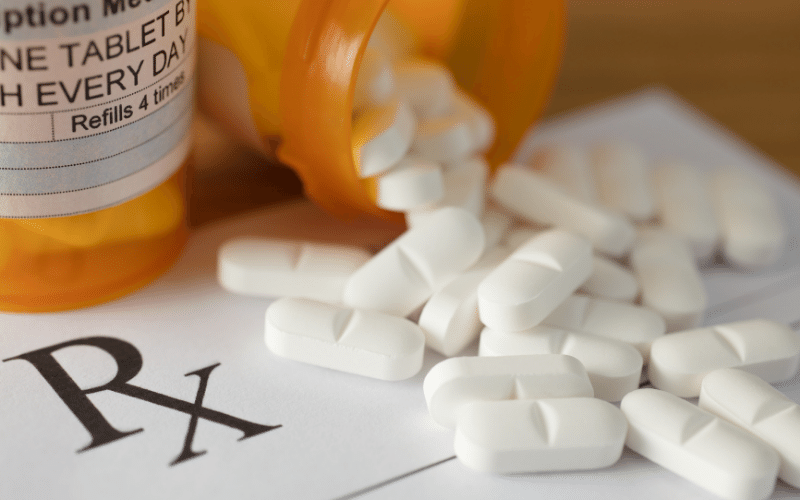Like alcohol, smoking also causes chemical changes in the brain that lead to addiction. Surprisingly, very few studies have looked into the effects of drinking and smoking simultaneously. Mostly, smoking has been seen as an accepted form of addiction that even many addiction treatment facilities allow. However, recent studies are looking at the effects of drinking and smoking and its impact on the recovery process.
The Effects of Drinking and Smoking
Researchers looked at rats ingesting alcohol and tobacco products twice a day for 28 days in a recent study. Then, they compared this group to another one not taking any substances. After the research, they found that drinking and smoking increased pro-inflammatory cytokines connected to neural damage. Researchers believe similar findings can be found in adults who drink and smoke at the same time.
Cigarettes contain much more than just nicotine, though. They also include tar, preservatives, and chemicals that are carcinogens. Nicotine also increases your heart rate and stimulates the nervous system.
Unfortunately, alcohol enhances the effects of smoking, which already gives people a mild and temporary buzz. This might be one it’s common for people who smoke excessively to drink excessively and vice versa.
Even a small amount of alcohol can cause side effects such as dizziness, giddiness, and sleepiness. Drinking more than a moderate quantity at one time can result in nausea, vomiting, trouble sleeping, and poor judgment.
Studies have shown that smoking and alcohol together can increase the risk of throat and esophageal cancer. Furthermore, binge drinking alcohol and smoking also affect how quickly the body can metabolize both drugs. This means that the carcinogens from cigarettes stay in the bloodstream for longer. Longer exposure to carcinogens means an increased cancer risk.
Understanding Comorbidity
Often, cross-addiction occurs when a person is trying to get off of one substance and ends up picking up another. Most of the time, this happens accidentally. For example, someone might be alcohol addicted and start smoking, eventually becoming addicted to both substances.
The National Survey on Drug Use and Health believes around 20.1 million people aged 12 and older in the United States have substance use disorders related to their use of alcohol or other drugs. Experts believe up to 25% of those in recovery today will abuse another substance in the future. Most experts believe those in the early stages of recovery are more likely to fall for a cross-addiction.
Comorbidity is not meant to be exchanged by a dual diagnosis. Dual diagnosis happens when someone struggling with a substance abuse problem simultaneously experiences mental health problems. Cross-addiction refers to a person struggling with more than one addiction, whether it’s to a different drug or other compulsive behavior.
Alcohol and Tobacco Addiction Treatment Options
Those with an active addiction can have a harsher time preventing misuse of other substances. Prevention is available for recovering addicts that are working towards their long-term recovery.
Those in recovery must mention their previous substance abuse struggles when seeing any doctor. Explaining your history will prevent a doctor from prescribing a potentially addictive substance that can get people back in the substance abuse vicious cycle.
Phase 1: Medical Detox
Like other substance abuse problems, to treat cross-addiction, you have to start with medical detox. It’s paramount to seek medical attention when attempting to detox the body from multiple substances. The withdrawal symptoms of those with cross-addictions tend to be more severe and more life-threatening.
Phase 2: Choosing the Right Treatment Program
After the detox phase, people with cross-addictions often require a more intense level of care. An inpatient treatment program or an intensive outpatient program might be the best course of action. With a comprehensive approach, those with cross-addictions can receive the level of care they need to battle their multiple struggles.
Phase 3: Alternative Therapies
Although it’s out-of-the-box, there’s one evidence-based treatment that could help with drinking and smoking: hypnosis. Hypnotherapy is the combination of hypnosis with psychotherapy. During a hypnotherapy session, the therapist works with the patient to achieve an altered state of consciousness. This occurs under hypnosis, which relaxes the unconscious mind and lets the patient be more open. Simultaneously, the patient under a hypnotic state is more susceptible to changing old habits and feelings, which could be explicitly directed towards addictive behaviors.
When incorporated with other evidence-based therapies like CBT, hypnosis can help:
- Ease withdrawal symptoms: When people go through detox, withdrawal symptoms can be uncomfortable. Hypnosis can help manage these symptoms and reduce cravings during early recovery.
- Alleviate pain: Addiction recovery can cause both physical and psychological pain that could become a barrier to making progress in recovery. Hypnosis can help people switch their perspective of pain and feel better.
- Change addictive behaviors: Here’s the real strength of hypnosis. This holistic treatment taps into the unconscious mind and can alter ideas and change unhealthy behaviors linked to addiction.
- Boost emotional health: Many recovering addicts also struggle with co-occurring mental health disorders. Hypnotherapy can help boost emotional health to improve your overall well being.
Finding Help Near Me
If you or someone you know is struggling to beat drinking and smoking addictive patterns, consider seeking help. At Lighthouse Recovery Institute, we focus on comprehensive addiction treatment programs tailor-made to address your unique needs. Don’t let addiction take away your life. Treatment is more available than you think.









